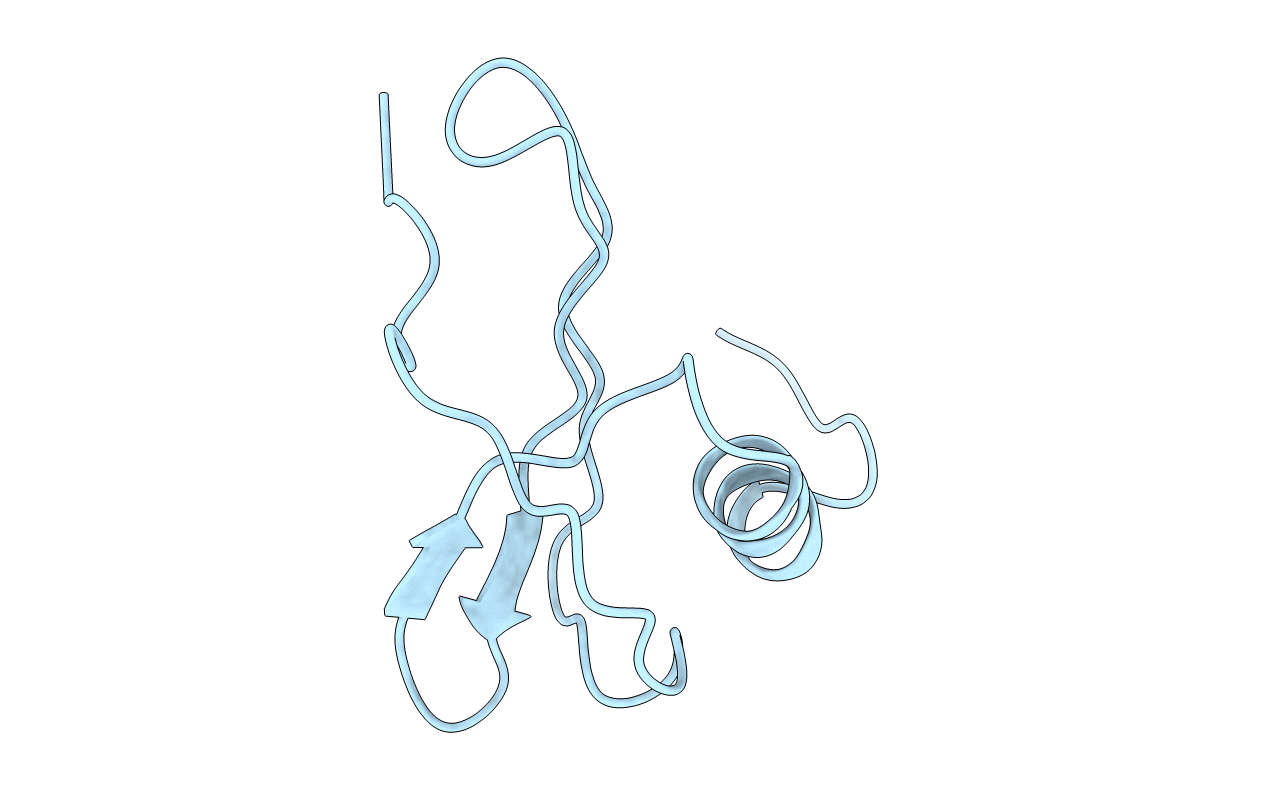
Deposition Date
1995-08-03
Release Date
1995-10-15
Last Version Date
2024-11-13
Entry Detail
PDB ID:
1IKL
Keywords:
Title:
NMR study of monomeric human interleukin-8 (minimized average structure)
Biological Source:
Source Organism:
Homo sapiens (Taxon ID: 9606)
Method Details:
Experimental Method:
Conformers Submitted:
1


